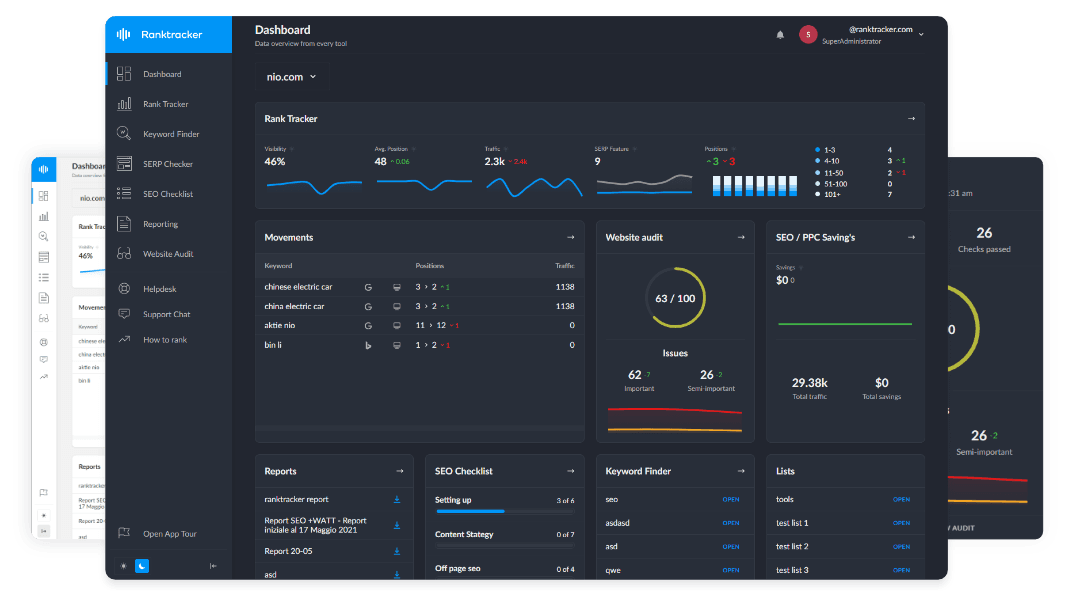Intro
A contextual domain word list is a collection of related words and phrases that define a specific topic or industry. Search engines use these word lists to understand content context, improve semantic search accuracy, and rank pages based on topical relevance.
Why Contextual Domain Word Lists Matter for SEO:
- Improve semantic relevance by aligning content with industry terminology.
- Help Google better understand content intent and topic relationships.
- Strengthen topical authority and content structure for higher rankings.
How Search Engines Use Contextual Domain Word Lists
1. Semantic Keyword Analysis & Topic Association
- Google recognizes common words and phrases associated with a topic.
- Example:
- "SEO" domain word list includes keyword research, backlinks, search engine rankings, Google algorithm.
2. Natural Language Processing (NLP) & Entity Recognition
- Google’s NLP models match content with known entities and word associations.
- Example:
- "Artificial Intelligence" is associated with terms like machine learning, deep learning, neural networks.
3. Improving Search Intent Matching
- Contextual domain words help Google categorize content correctly.
- Example:
- "Digital marketing" is linked with PPC, content marketing, social media strategy, email campaigns.
4. Enhancing Topical Authority & Relevance
- Websites using industry-specific word lists rank higher for niche queries.
- Example:
- "E-commerce SEO" includes product schema, structured data, conversion rate optimization.
5. Boosting Entity-Based SEO & Knowledge Graph Optimization
- Contextual words help search engines map content within knowledge graphs.
- Example:
- "Cryptocurrency" is linked with blockchain, smart contracts, decentralized finance (DeFi).
How to Optimize Content Using Contextual Domain Word Lists
✅ 1. Identify Industry-Specific Word Lists
- Research common terms and phrases in your niche.
- Example:
- "Cybersecurity" word list includes firewall, encryption, penetration testing, VPN.
✅ 2. Incorporate Contextual Words Naturally
- Use domain-relevant terms throughout content to enhance semantic SEO.
- Example:
- A "Local SEO Guide" should include terms like Google My Business, citations, NAP consistency.
✅ 3. Strengthen Internal Linking with Related Terms
- Link content based on contextual domain word relationships.
- Example:
- "On-page SEO" article linking to meta tags, structured data, keyword density.
✅ 4. Optimize for NLP & Entity-Based Search
- Structure content with schema markup and knowledge panel keywords.
- Example:
- "AI in marketing" → Structured data defining AI tools, predictive analytics, chatbots.
✅ 5. Monitor Search Trends & Adjust Contextual Words
- Use SEO tools to track emerging domain-specific terms and update content.
- Example:
- "Metaverse SEO" evolving with virtual reality, NFTs, digital real estate.
Tools to Optimize for Contextual Domain Word Lists
- Google NLP API – Analyze semantic relationships and entity matching.
- Ranktracker’s Keyword Finder – Identify contextual word variations and search trends.
- Ahrefs & SEMrush – Discover industry-specific keywords and content clustering.
Conclusion: Leveraging Contextual Domain Word Lists for SEO Success
Using contextual domain word lists ensures search engines correctly interpret content, improving semantic relevance, search visibility, and topical authority. By integrating industry-specific terms, structured data, and NLP-friendly content, websites can rank higher and attract targeted traffic.

